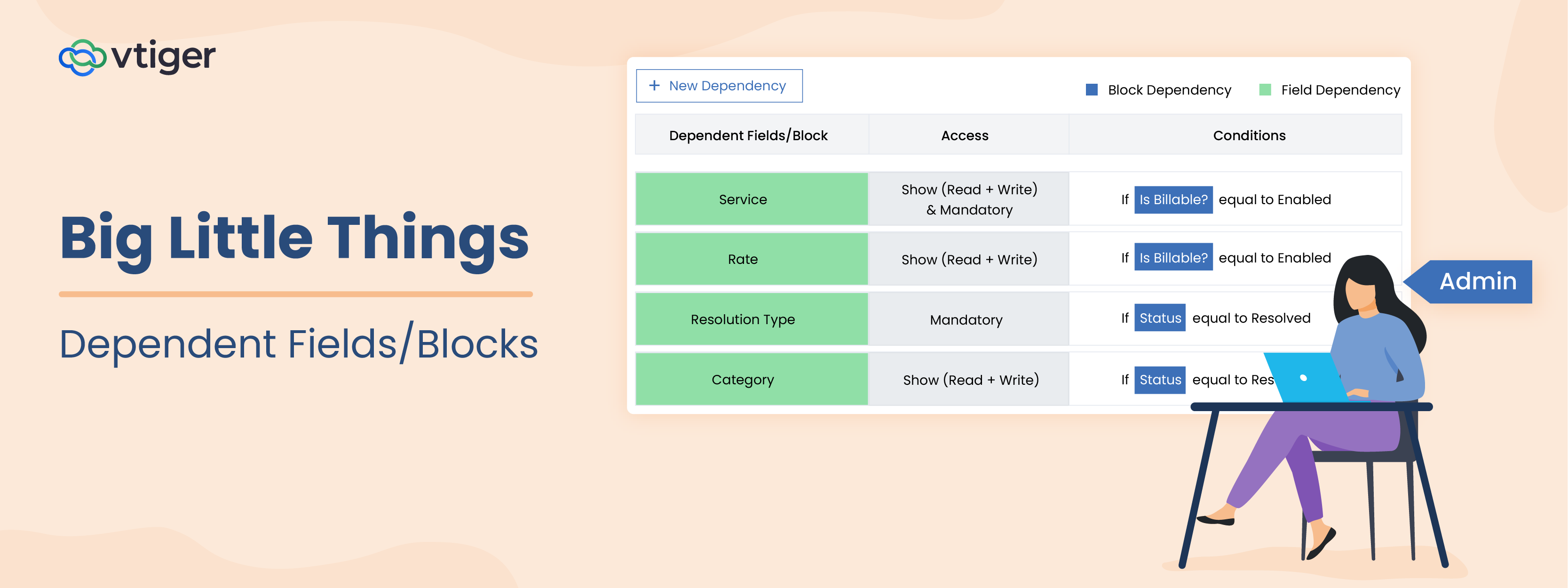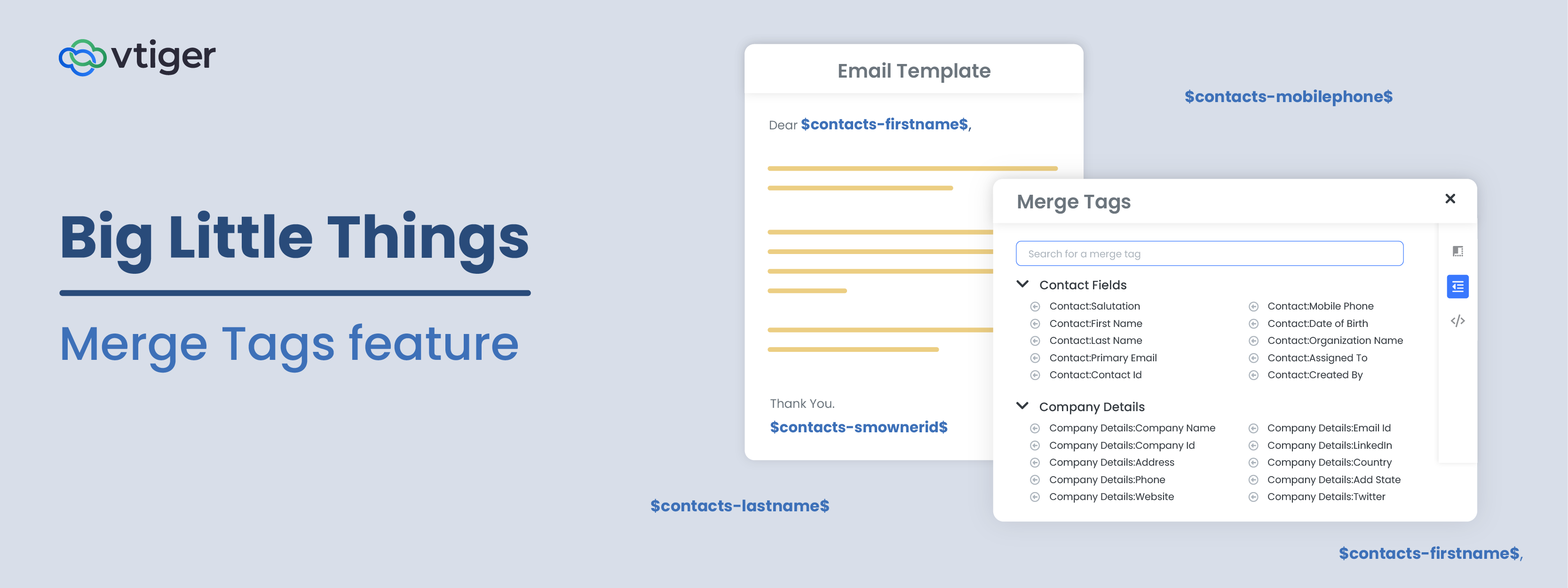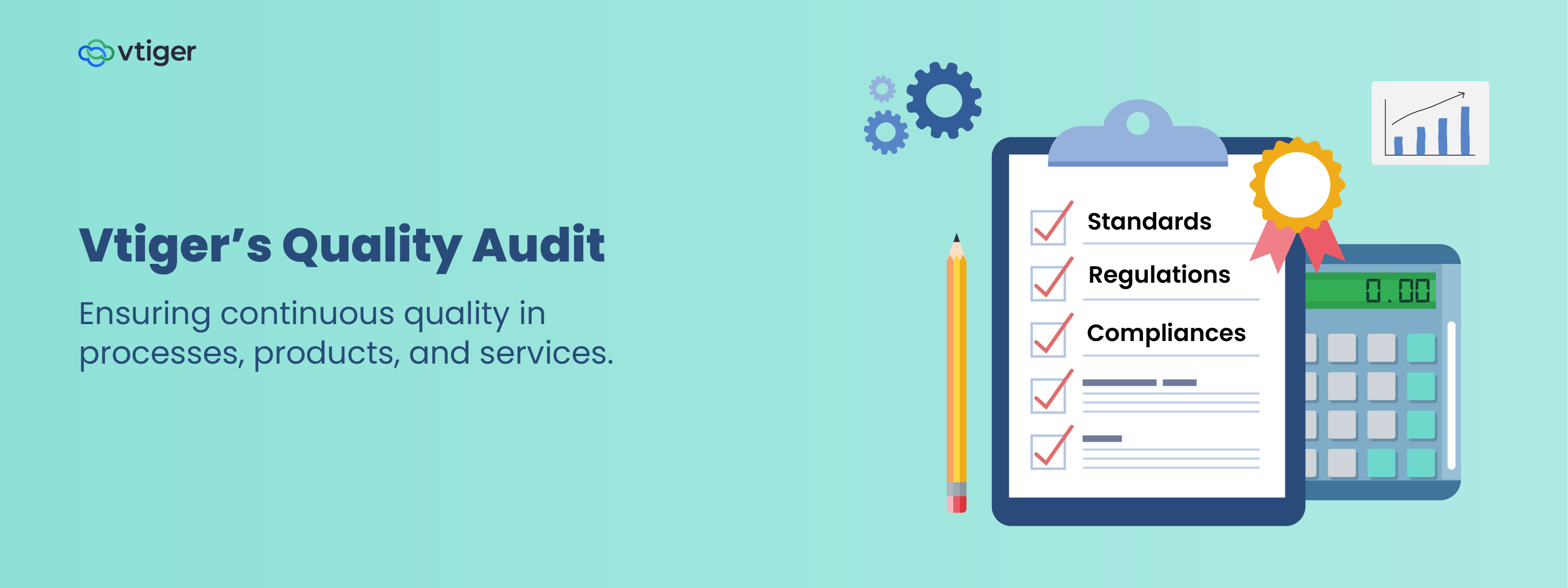Whether you are a start-up or a Fortune 500 company, retaining customers is your magic potion to run a profitable business. While customer acquisition is all about attracting new customers to grow business, customer retention focuses on keeping customers happy and doing more business with you.
Why should you focus on customer retention?
While customer acquisition is crucial to grow your customer base, without proper retention strategy, you will not be increasing your revenue. To understand this better, let’s look at the revenue growth equation used by companies such as Google and Facebook.
Monthly Revenue = (# of New Customers Acquired in the Month x Avg. Spend Per New Customer) + (# of Returning Customers in the Month x Avg. Spend Per Returning Customer) + (# of Resurrected Customers in the Month x Avg. Spend Per Resurrected Customer)
This equation shows that your business growth is not just driven by new customers, but by returning customers and resurrected customers. While returning customers proactively purchase from your business, resurrected customers go dormant for a while but come back after constant nudging. Acquiring new customers and resurrecting the dormant ones demand more time and resources, retaining existing customers and making them return to make more purchases is much more easier.
If you’re like the most small business owners, then you would have limited budget and resources to grow your business. This is when customer retention becomes as an effective tactic. In the recent past, several studies have revealed that customer retention is the most inexpensive source of growth and requires the least amount of resources to execute. Let’s look at a few findings that re-iterate this fact:
- Acquiring new customers is expensive. By spending just 1/5th of that customer acquisition cost, however, a business is 60 – 70% more likely to make a sale to an existing customer.
- Return customers are worth more in revenue and profit. The average repeat customer spends 67% more per year just three years from their first purchase.
- Return customers help acquire new ones at a lower cost. A second-time customer refers an average of 3 people and the number grows with increases with the number of repeat purchases.
- Return customers are less sensitive to price changes. They are more likely to buy from you than the competition even when the business or market conditions force you to increase your prices.
How to successfully implement a customer retention strategy?
The most effective customer retention strategies include different initiatives and programs that complement one another to create a customer experience that makes customers more willing to stick around and continue purchasing from you. Here are a few ways you could get started:
Calculate your customer retention rate:
Before you initiate any customer retention programs, know your current retention rate using the following formula:

Let’s take an example to understand this. Say, on 1st of November you have 100 customers. Through the entire month, you acquire 20 new customers and lose 10 existing ones. So, at the end of the month you have 110 customers. Now let’s calculate the retention rate:
Retention Rate = ((CE-CN)/CS)) X 100
Retention Rate = ((110-20)/100) X 100
Retention Rate = 90%
Identify factors killing your customer retention:
Your customers could stop giving you business for several reasons. For instance, your customers could be unhappy with your product, price or service. Or they could have exited your market entirely. So, go through emails, chats, conduct interviews, and collect feedback to understand why your customers stopped giving you business. And then work to prevent customer churn by proactively addressing those issues.
Build a loyalty program that values every customer action:
Customers engage with your brand in different ways. Build a loyalty program that rewards customers for not only purchases but also other actions that leads to the purchase decision. Rewarding every interaction is a good way to keep your customers coming back. For instance, you could reward certain points when your customer watches your product video, downloads your mobile app, shares your social media content, or subscribes to your blog.
Make customer service a priority:
Customers stay with a company that values them. So make sure that every member in your team treats your customer in a way that creates more memorable positive experiences. Encourage your team to be helpful even if there’s no immediate benefit. When a customer comes with a complaint, be responsive to the issue and make them feel that the complaint is being taken seriously. The way you handle a complaint is the difference between keeping a customer or losing one.
Keep in constant touch with your customers:
Sending a regular newsletter is an excellent way of staying on top of your customer’s mind and letting them know how valuable they are. In the newsletters, send new product offerings and seasonal deals. But, don’t over promote your products and services. Focus on adding value to customers by sharing tips, advice, and suggestions that make their jobs easier. Remember that newsletters are not for creating a great sales pitches but for making your customers feel unique and appreciated.
When businesses compete for the same customers, retaining customers should be a business priority rather than a convenience. Implement what you’ve read just now to create a successful customer retention strategy.



